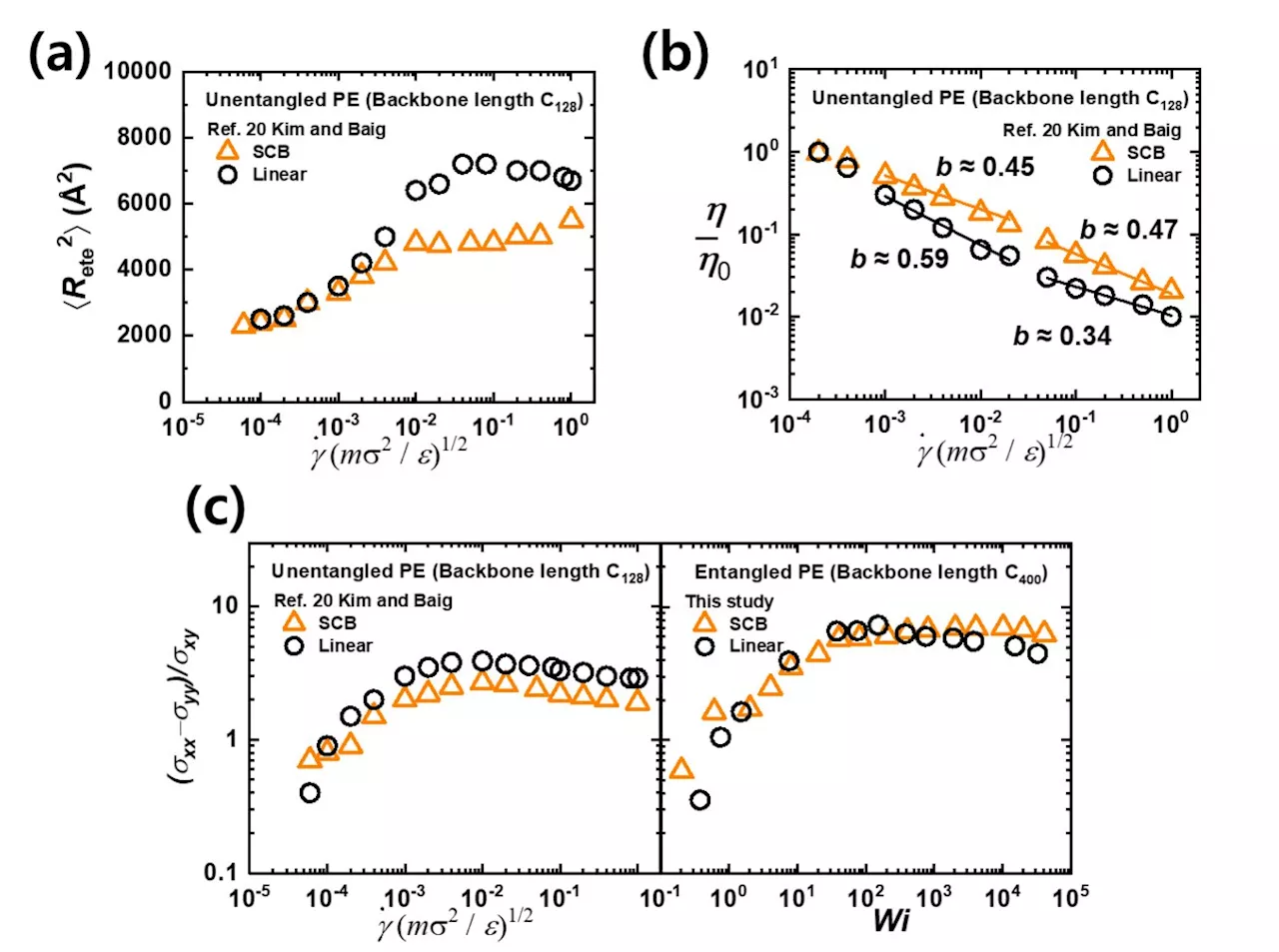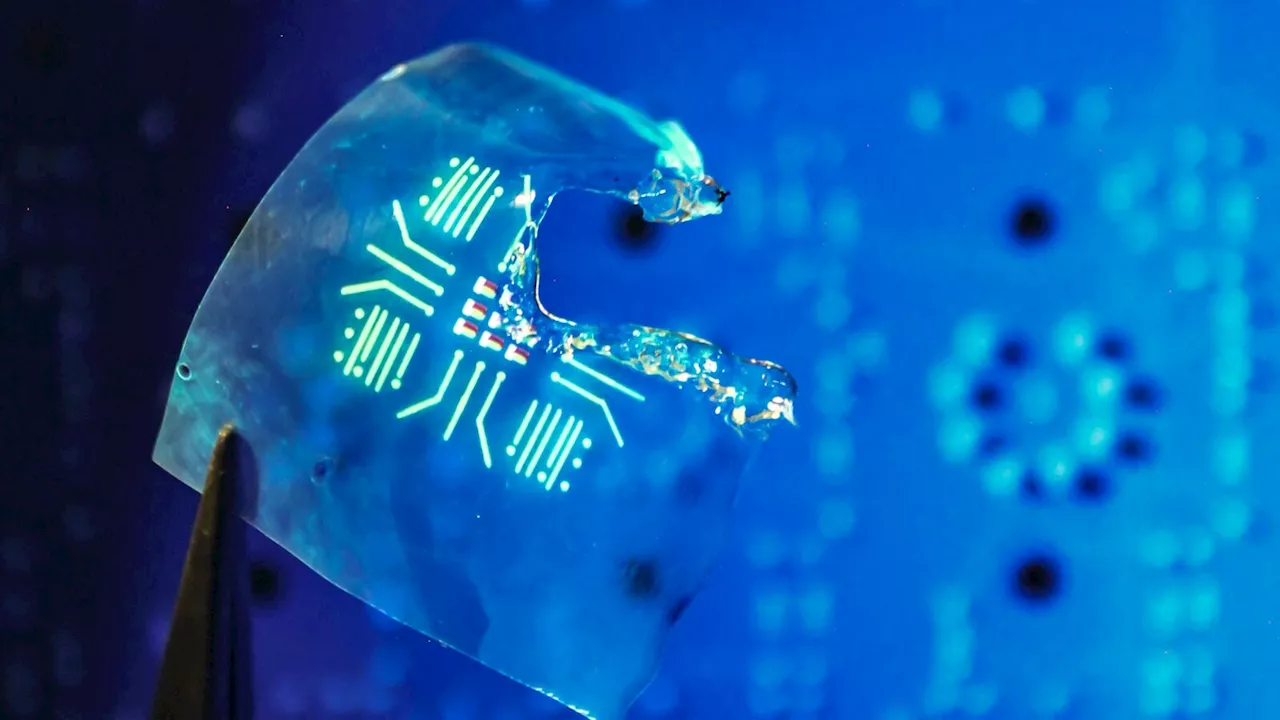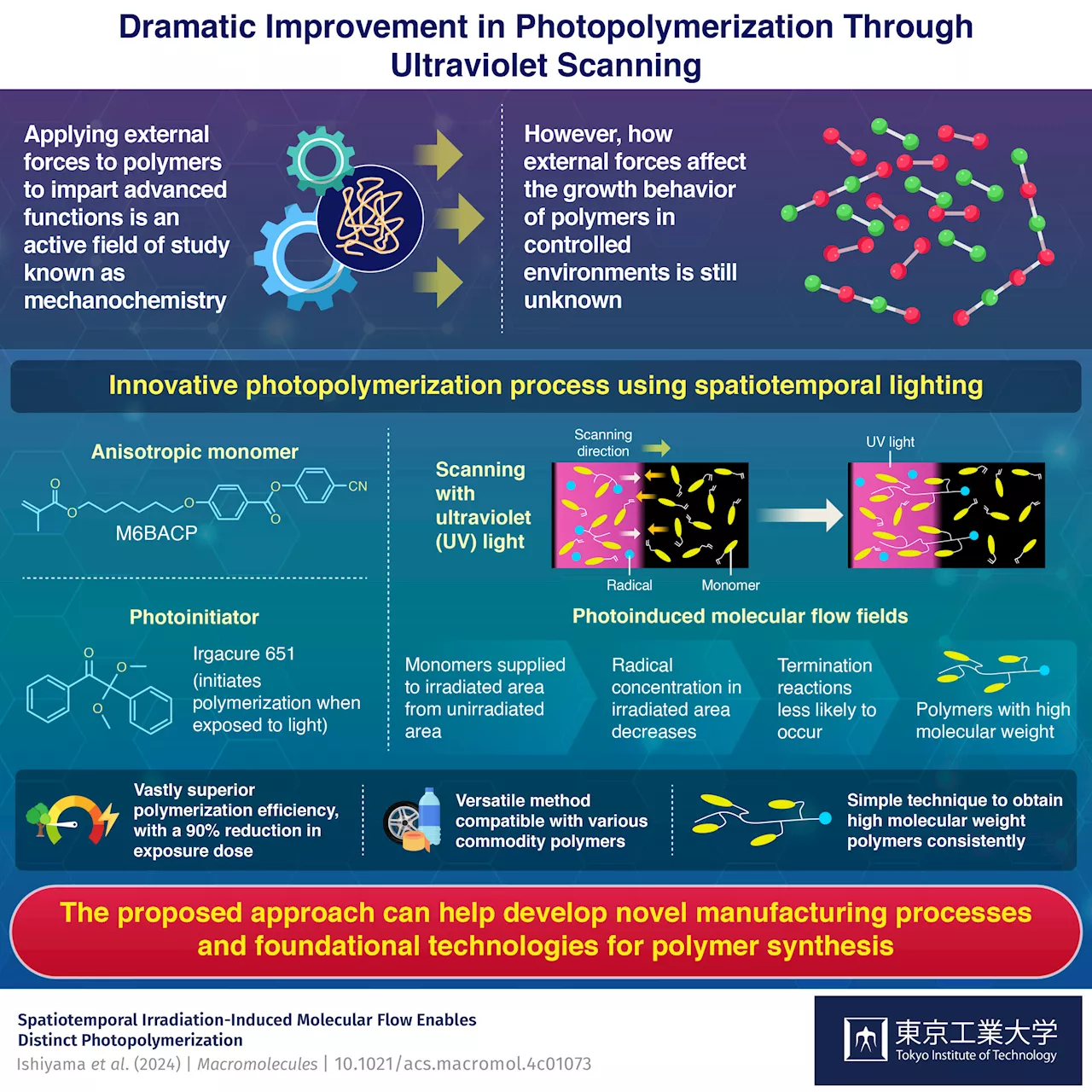Polymers are materials made out of long, repeating chains of molecules, and it is the interaction between these chains that dictates most of a polymer's physicochemical properties. In accordance with this intuitive understanding of polymers, which dates back to the 1930s, external forces acting on polymers are mainly regarded as destructive.
Researchers shed light on how to make photopolymerization much more efficient retrieved 19 August 2024 from https://phys.org/news/2024-08-photopolymerization-efficient.html
This document is subject to copyright. Apart from any fair dealing for the purpose of private study or research, no part may be reproduced without the written permission. The content is provided for information purposes only.Aug 15, 2024 Use this form if you have come across a typo, inaccuracy or would like to send an edit request for the content on this page. For general inquiries, please use ourThank you for taking time to provide your feedback to the editors.
Your feedback is important to us. However, we do not guarantee individual replies due to the high volume of messages.to let the recipient know who sent the email. Neither your address nor the recipient's address will be used for any other purpose. The information you enter will appear in your e-mail message and is not retained by Phys.org in any form.Get weekly and/or daily updates delivered to your inbox.
Physics News Science News Technology News Physics Materials Nanotech Technology Science
United States Latest News, United States Headlines
Similar News:You can also read news stories similar to this one that we have collected from other news sources.
 Findings reveal the unique characteristics of short-chain branched polymersA research team affiliated with UNIST has made a significant breakthrough in understanding the properties of short-chain branched (SCB) polymers.
Findings reveal the unique characteristics of short-chain branched polymersA research team affiliated with UNIST has made a significant breakthrough in understanding the properties of short-chain branched (SCB) polymers.
Read more »
 Innovative method uses oxygen and light to recycle unsaturated polymersA study published in Cell Reports Physical Science showcases a novel method for the recycling of unsaturated polymers such as rubber and plastics.
Innovative method uses oxygen and light to recycle unsaturated polymersA study published in Cell Reports Physical Science showcases a novel method for the recycling of unsaturated polymers such as rubber and plastics.
Read more »
 Waste Styrofoam can now be converted into polymers for electronicsA new study describes a chemical reaction that can convert Styrofoam into a high-value conducting polymer known as PEDOT:PSS. Researchers also noted that the upgraded plastic waste can be successfully incorporated into functional electronic devices, including silicon-based hybrid solar cells and organic electrochemical transistors.
Waste Styrofoam can now be converted into polymers for electronicsA new study describes a chemical reaction that can convert Styrofoam into a high-value conducting polymer known as PEDOT:PSS. Researchers also noted that the upgraded plastic waste can be successfully incorporated into functional electronic devices, including silicon-based hybrid solar cells and organic electrochemical transistors.
Read more »
 Biodegradable luminescent polymers show promise for reducing electronic wasteFrom your car's navigation display to the screen you are reading this on, luminescent polymers—a class of flexible materials that contain light-emitting molecules—are used in a variety of today's electronics.
Biodegradable luminescent polymers show promise for reducing electronic wasteFrom your car's navigation display to the screen you are reading this on, luminescent polymers—a class of flexible materials that contain light-emitting molecules—are used in a variety of today's electronics.
Read more »
 Plant-inspired polymers for water purificationResearchers have synthesized a bio-inspired polymer for water purification. The polymer was designed to mimic phytochelatin, a plant protein that selectively captures and neutralizes harmful heavy metal ions.
Plant-inspired polymers for water purificationResearchers have synthesized a bio-inspired polymer for water purification. The polymer was designed to mimic phytochelatin, a plant protein that selectively captures and neutralizes harmful heavy metal ions.
Read more »
 Revolutionizing Battery Tech: Helical Polymers Unlock Next-Gen Solid-State ElectrolytesScience, Space and Technology News 2024
Revolutionizing Battery Tech: Helical Polymers Unlock Next-Gen Solid-State ElectrolytesScience, Space and Technology News 2024
Read more »
